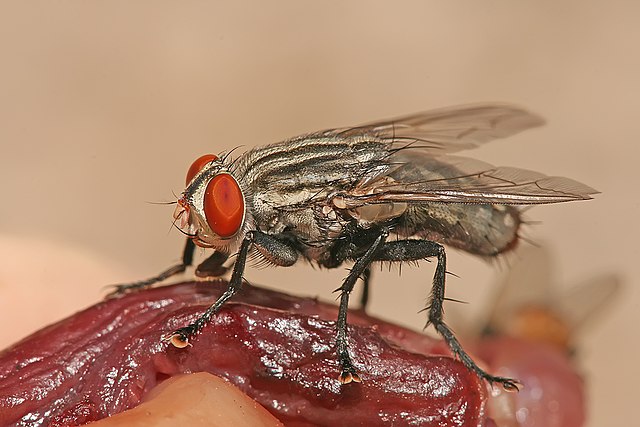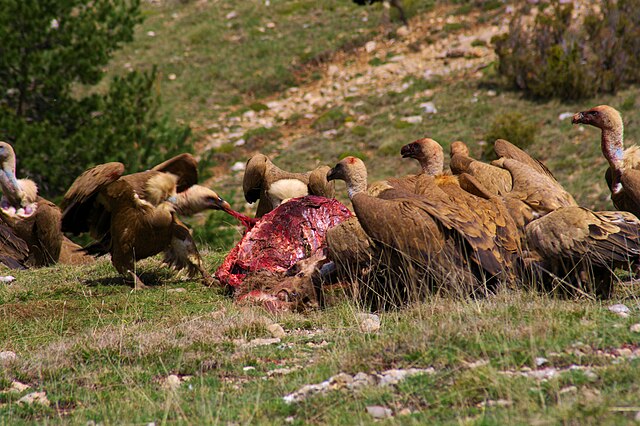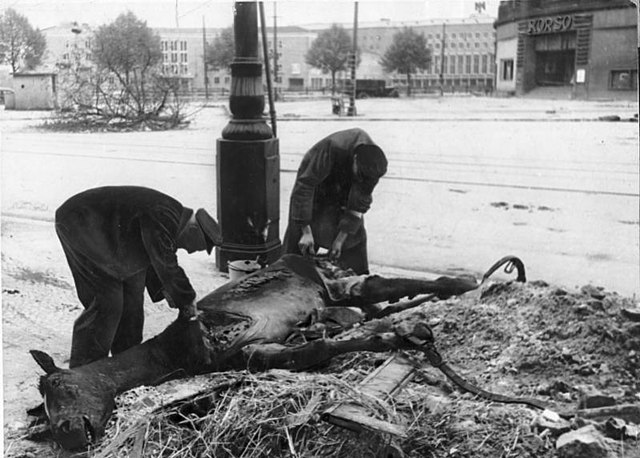In archaeology and anthropology, the term excarnation refers to the practice of removing the flesh and organs of the dead before burial. Excarnation may be achieved through natural means, such as leaving a dead body exposed to the elements or for animals to scavenge; or by butchering the corpse by hand. Following excarnation, some societies retrieved the excarnated bones for burial.
Excarnation has been practiced throughout the world for hundreds of thousands of years. The earliest archaeological evidence of excarnation is from the Awash River Valley in Ethiopia, 160,000 years ago. Examples of excarnation include "sky burials" in parts of Asia, the Zoroastrian "Tower of Silence", and Native American "tree burials". Excarnation is practiced for a variety of spiritual and practical reasons, including the Tibetian spiritual belief that excarnation is the most generous form of burial and the Comanche practical concern that in the winter the ground is too hard for an underground burial. Excarnation sites are identifiable in the archaeological record by a concentration of smaller bones, which would be the bones that would be the easiest to fall off the body, and that would not be noticed by practitioners of excarnation.

Zoroastrian Towers Of Silence are examples of excarnation.
A Tibetan sky burial
Tree burial of a Sioux chief
Scavengers are animals that consume dead organisms that have died from causes other than predation or have been killed by other predators. While scavenging generally refers to carnivores feeding on carrion, it is also a herbivorous feeding behavior. Scavengers play an important role in the ecosystem by consuming dead animal and plant material. Decomposers and detritivores complete this process, by consuming the remains left by scavengers.
Sarcophaga nodosa, a species of flesh fly, feeding on decaying meat
White-backed vulture (Gyps africanus), lappet-faced vultures (Torgos tracheliotos) and marabou storks (Leptoptilos crumenifer) feeding on a dead spotted hyena (Crocuta crocuta).
Griffon vultures (Gyps fulvus) eating the carcass of a red deer in Spain
Men scavenging a dead horse during World War II (at the end of the Battle of Berlin), on Manfred-von-Richthofen-Straße in Tempelhof borough, 1945







